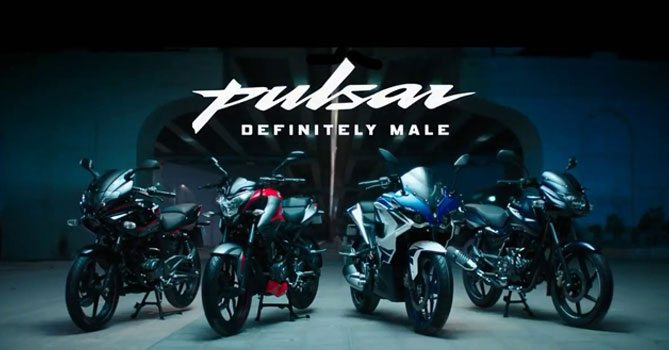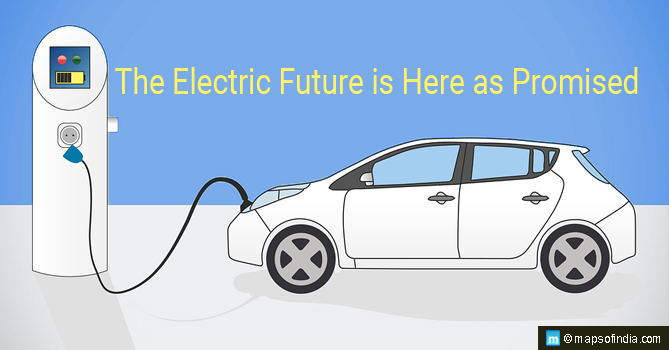
Bajaj Auto Limited is among the top three manufacturers of motorcycles and the largest manufacturer of three-wheelers, globally. Based in Pune, Maharashtra, its line-up includes a range of motorcycles, scooters, and auto-rickshaws. The company is a part of the Bajaj Group, which was founded by Jamnalal Bajaj in Rajasthan in 1945 under the name M/s Bachraj Trading Corporation Pvt Ltd.
Bajaj has its units established in places such as Chakan in Pune, Waluj in Aurangabad and Pantnagar in Uttarakhand. Their oldest manufacturing unit in Akurdi, also Pune, now houses their Research and Development centre.
Upon establishment, the company began dealing in imported two and three-wheelers in India. By 1959, they had acquired their first-ever manufacturing license for the same category of vehicles from the government. They also acquired one from the Italian brand Piaggio to manufacture the Vespa brand scooters in the country. In 1970, Bajaj completed the production of one lakh scooters and in 1977, managed to produce just as many in that single year. By 1995 the number had jumped to a million. Their most prized model, the Chetak, has seen reincarnation in the form of an electric scooter and will hit the shelves sometime this year.
By 1986, the company had transitioned to being manufacturers of motorcycles from that of scooters.
Bajaj Pulsar
Among the most popular flagship models of the company, is the Pulsar. Jointly developed by the product design and development division of Bajaj and Tokyo R&D, the Pulsar broke all conventional constraints of the fuel-efficiency centred, small-capacity motorcycles of the 80cc to 120 cc segment. Besides being recognised as an awe-inspiring product with absolutely new styling cues, the Pulsar was aimed at the audience-driven by the likes of the CBZ, which had given the Indian motorcyclist a taste of performance biking.
Having wasted no time, the company launched two variants of the Pulsar, with 150cc and 180cc engines and they took the market by a storm. April 2015 saw the company clock the sale of its five millionth Pulsar, and by 2018 the number had doubled.
The Bajaj Pulsar redefined the segment and sent the Indian youth and the budding motorcycle enthusiasts asking for more. In addition to its popularity, the Pulsar flagship had the most significant number of engine variants among all motorcycles in its class.
The Bajaj Pulsar 135 LS was declared Bike of the Year 2010 by BBC-Topgear, and Bike India Magazines and the 220 cc Fuel-injected version was dubbed Bike of the year 2008 by every significant Indian automotive magazine. The year 2006 also saw the company win the Frost and Sullivan Super Platinum award for manufacturing excellence, for its Chakan Plant in Pune.
The popularity of their product was encouraged by the quality of their after-sales services, and this led them to become the most customer responsive company in the automotive category as judged by Economic Times surveys which were conducted each year between 2004 and 2008.
The ICICI Bank Overdrive awards bestowed the title of Bike Maker of the year upon the company in 2004. The Bajaj Pulsar 180cc DTS-i model received the Viewer’s choice two-wheeler of the year 2003 award from BBC World wheels.
Recently, the company has pulled the plug on five of their motorcycles, of which four are variants from the Pulsar flagship. The first to be pulled out was the Adventure-sport series models – AS 150cc and 200cc, along with the 150cc variant of the NS series. A peppier 160cc version has replaced the Naked-sports NS variant. The most recent termination was of the 135 LS, which was the entry-level variant of the flagship.
Though of smaller displacement, the Bike was famous for its aggressively-styled contours and for being among the best looking motorcycles in its segment.
Though all five were reasonably good products, the continually evolving market demanded either transcendence or termination. Fresh offerings have been introduced to ensure the company’s strong presence in every leading motorcycle segment in the country. Still, their market share has witnessed a steady drop from twenty-four per cent to sixteen, over the last few years.
Despite its considerably warm welcome, their first naked-tourer, the 400cc Dominar hasn’t quite sparked the sales confidence that had been expected of it. The Dominar has given the average Indian motorcyclist, and enthusiastic biker, a brief glimpse of the vast expanse called adventure touring.
Apart from woes of consistently trying to stay at the top, their market share is also challenged by their absence from the personal scooter segment – a gap that the revived and restyled Chetak hopes to fill. Almost all other competitors of Bajaj in the Indian market, have scooters in their respective line-ups. Bajaj is currently challenged by the likes of Honda two-wheelers, Suzuki, TVS, Yamaha and Hero Motor Corp.
All being said, the year 2020 is expected to be a relief for almost all sectors, including automobile manufacturers. That and the introduction of electric scooters by the key two-wheeler players in the country should also have some exciting outcomes.




